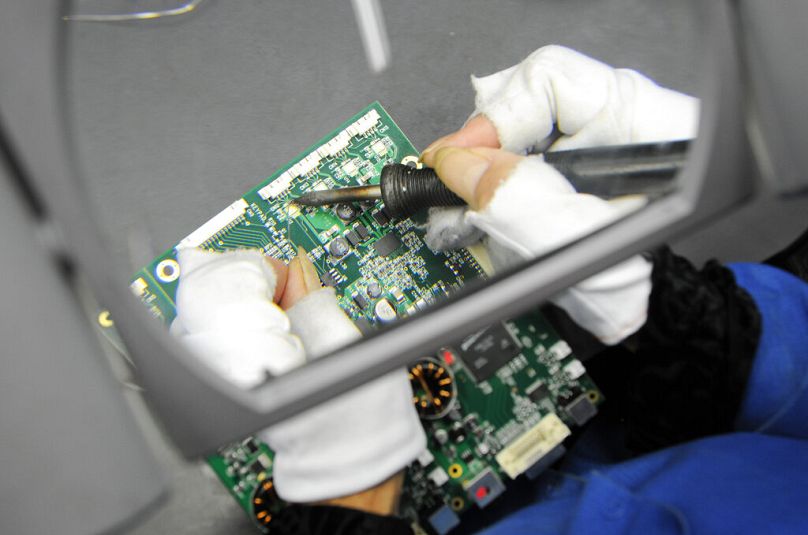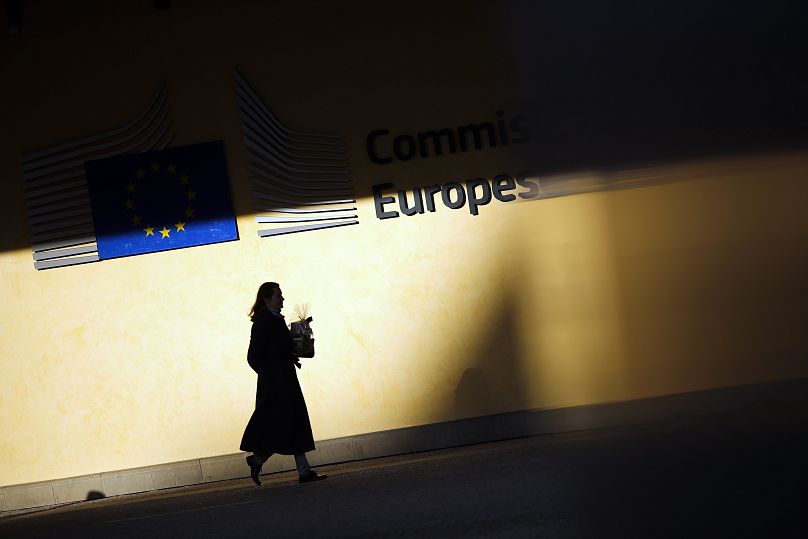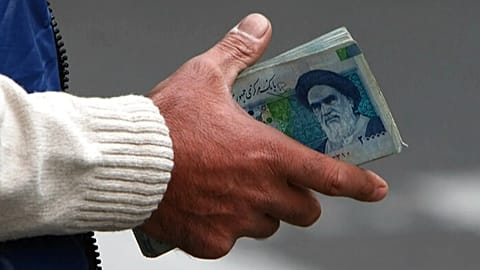There may not be a silver bullet solution to climate change, but AI-based research can help us find solutions to the most complex crisis of our time, Marijana Novak and Megan Murdie write.
By now, most of us are familiar with certain language models, like ChatGPT or OpenAI, which have become almost omnipresent in public discourse surrounding artificial intelligence.
They’ve made an extraordinary splash, met with both praise and disdain, prompting a larger discussion about the place of AI in our lives.
But many of us may not know that scientists and data analysts have been using AI-based language models to aid research efforts for years — also in the world of sustainability. With the climate crisis looming — posing a vast and complex threat to life on Earth — AI is rising to the fore as a tool to aid impactful solutions.
One such solution is the circular economy, a systems framework that transforms our linear "take-make-waste" economy into one that circulates resources and regenerates nature.
For researchers and policymakers wanting to monitor circular economy activities and resource use — as well as discover these activities’ impacts — AI has the potential to provide valuable insights.
Putting AI to work on circular job market analysis
To bring the circular economy from theory to practice, policymakers first need to understand which skills are in demand for businesses implementing circular strategies—and which sectors and occupations need to re-train their workers.
This will be crucial to move the needle on high-impact industries: the textiles and clothing sector, for example, which releases 1.2 billion tonnes of CO2 each year.
So where does AI come in? Earlier in 2023, Amsterdam-based impact organisation, Circle Economy, rolled out an innovative new method for analysing demand for skills in the job market in its report Putting Circular Textiles to Work, which explores the Dutch textile industry’s employment potential.
A year’s worth of job listings from across the industry were analysed, with AI leveraged to determine whether or not the listings indicated a need for "circular" skills—think repair or circular design, for example.
This highlighted the demand for circular skills compared to "traditional" ones: a report card of sorts for the industry’s sustainable transition.
This method can be applied across sectors: partnerships with job listing sites, from Indeed to LinkedIn, could help monitor demand for circular versus linear skills on an ongoing basis.
AI enables more holistic circular research
A common obstacle for researchers is that complete and reliable data isn’t a given.
Researchers trying to evaluate circular activities often aren’t able to do so because activities are classified under traditional sector codes (for example, Construction or Manufacturing), which do not accurately reflect circular activities (for example, the construction of circular buildings, circular demolition, secondary repair activities, or manufacturing of wind turbines).
Companies are also often associated with multiple activities, which is not reflected by — and therefore skews — traditional business activity data.
The Flemish Institute for Technical Research (VITO), Circle Economy and the KU Leuven Association teamed up with Inoopa, a company that conducts AI-based natural language analysis of companies, to estimate sectors’ circular activities.
They used AI to scan all the text appearing on companies’ websites — be it from a blog, report, video or webpage — and organise it into similar themes called "concepts". By correlating these "concepts" with predefined circular concepts, companies could be graded on their circular activity.
In practice, for example, a consumer goods company would largely exhibit "concepts" surrounding their products — but also potentially around goals to cut packaging or minimise water use in their production processes.
These themes can be analysed to generate a score indicating the extent to which the business is talking about its circular activities.
Using this method, a dedicated repair company would likely have a very high score, whilst the above-mentioned consumer goods company (which seems to be working on circular goals) might have a medium score.
With these new insights on circularity, policymakers can better develop enabling policies to support inter-industrial collaboration and infrastructure for sectors and companies active in the circular economy transition.
AI can drive the quick creation of legal and policy documents
A crucial factor in driving the circular transition: putting our money where our mouth is. Sustainable projects need capital to flourish — and to scale.
While the EU is leading on this with sustainable finance regulations like the EU Taxonomy, which can help investors make greener choices, complex data disclosure is muddying the process.
Briink details how natural language processing can help here, too: these models can scan through huge amounts of unstructured text to find evidence of the sustainable activities listed in the EU Taxonomy, for example, which can help investors determine which apply to a company, portfolio or customer list.
And as new and complex laws emerge in different EU member states, natural language processing can be put to work to map various legal documents, providing an up-to-date overview of the legislative landscape.
This will ease the work of analysts and practitioners, allowing developments to take place at the speed and scale the climate crisis demands.
AI, big data and the climate crisis
While the integration of AI into circular economy research is well underway, there is still much to explore using natural language models.
Considering the amount of text available — case studies, policy documents, job listings, research papers, social media posts — and the maturity of AI language models, there are opportunities to leverage AI to fill data gaps and provide new perspectives on the circular economy as it evolves in different sectors and geographies.
There may not be a silver bullet solution to climate change, but AI-based research can help us find solutions to the most complex crisis of our time.
Marijana Novak is Lead of the Circularity Gap Reporting Initiative, and Megan Murdie is Writer at Circle Economy.
At Euronews, we believe all views matter. Contact us at view@euronews.com to send pitches or submissions and be part of the conversation.





















